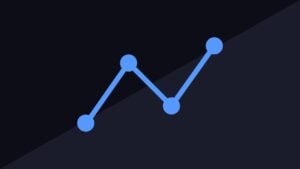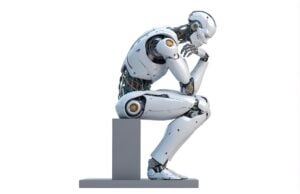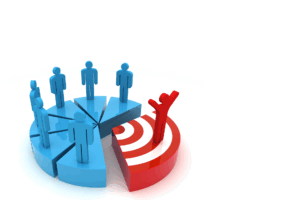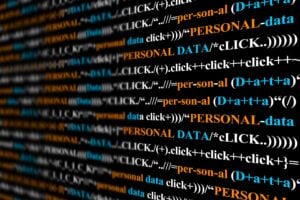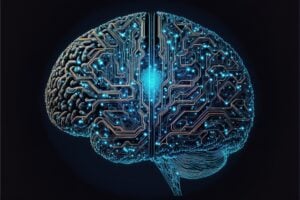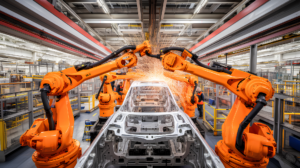The AI Exploration Phase
For June Dershewitz, Co-Founder, InvestInData, the atmosphere surrounding AI is currently still very much in the exploration phase. Certainly, some automated tasks in data science will benefit from AI at this point.
“We can look at task automation—and some aspects of the work that we do—disappearing out from under us as those tasks will be executed by AI rather than humans,” she says. “I don’t think that 2025 is the year when data science and analytics professionals actually see that major shift, in the way that software engineers are seeing it right now. But there will be changes. Will AI enable business users to ask a natural language question and get an answer, and it’s a beautiful chart or it’s an insight? Is it going to work end to end? There’s been talk about that for so long but it’s just not there yet.”
Dershewitz adds, “There’s a lot of appetite for trying new things right now, and that’s really exciting. People are exploring different avenues to take advantage of new tools that are available to help make things faster or more efficient or less painful for those who work with data. What I’d really like to see over the course of the next year is real concrete use cases that show a measurable improvement that someone was able to gain through the use of generative AI. There’s still a lot of exploration.”
While there has been a range of use cases presented at conferences, Dershewitz and others in the data science and analytics community are still weighing just how much impact AI will have. But companies are developing their data/AI operations and firming up their strategies.
“Generative AI has been a pretty ambiguous term,” relates Dershewitz. “Through good examples, it’s becoming more and more concrete. What businesses are doing is kind of crystallizing their strategies. From the data team’s perspective, one is contributing to the development and production of systems and products that are for a business’s customers. We’re building GenAI into a system we are developing, and we’re launching that to all our customers. Then the other side of it is, how are we using Gen AI for process improvement and efficiency, both individually for ourselves and for our workflow and teams.”
Gen AI techniques can be applied to analyzing MRIs, in health care, for example. “You can analyze the MRIs and come out with a more informed idea of a diagnosis much faster. That’s going to save lives,” says Dershewitz. “Maybe the applications we’re going to see that are really important and impactful are going to come from certain areas like health care, where we see it applied.”
On the Data Horizon
If it’s efficiency and automation that’s important to you in the workplace, Michael Bagalman, Vice President, Business Intelligence and Data Science, STARZ, agrees that AI has many benefits. But there is still an overriding mission to maintain data controls such as governance and data quality. There also lies the human integration that can supervise and support AI, which comes into play with more strategic analysis of the data and the data storytelling that might follow.
“AI hasn’t changed the game, but has changed the playing field, the pace, and added a robot to the coaching staff,” says Bagalman. “The fundamentals still matter: asking smart questions, understanding context, and knowing when the data is lying to you.”
Additionally, the fundamentals of understanding the business remain key. “Understand the business. Your data lives in a story. If you don’t know the plot, your insights are just random scenes,” suggests Bagalman. “Fancy AI models are still only as good as your business knowledge. Feed garbage questions, get garbage insights wrapped in prettier prose.”
Data privacy, avoiding biases and making sure your data has more transparency are all important qualities now and moving forward, says Bagalman.
Bagalman notes other key trends that the data science community will grapple with in the not-so-distant future:
- Automated Decision Intelligence: Why stop at delivering insights when systems can act on them? Expect tools that don’t just analyze but execute.
- Synthetic Data: When privacy laws tighten their grip, synthetic data will be your new tool. Realistic, privacy-friendly data for testing and modeling.
- Augmented Analytics: Next-gen tools will democratize analytics, letting non-techy people uncover patterns with AI-driven nudges.
- Explainable AI (XAI): The “why” behind the insight will matter as much as the “what.” Transparency will become a more significant factor if it’s not already.
- Continuous Intelligence: Real-time insights are the start. Continuous intelligence will monitor, analyze, and adapt 24/7. Sleep is optional, insights are not.
While the focus is heavily on AI, Bagalman has outlined several trends that align closely with data science initiatives. Questions remain but that’s to be expected when looking into the future.
Bagalman notes, “The horizon isn’t just shiny tools. It’s a mindset shift: From delivering insights to driving impact. The time and distance between analysis and action are getting smaller.”
The Best of Both Worlds
The end-to-end journey from data to insights seems simple but is rarely straightforward. And for the data science community on the front lines, there’s still much to debate.
“There’s a lot of potential that we’re just beginning to explore. What kinds of things can I do with my data team to make our work more efficient and make our processes work better? Those are the conversations that many data practitioners are having now,” says Dershewitz. “I believe that many of these changes will happen from the ground up. We’re all working as individuals, and then we’re forming that into things that have more value for our group. Then we can build it into our entire application and product in this way and put it in front of our customers.”
Arvind Balasundaram, Executive Director, Commercial Insights & Analytics, Regeneron Pharmaceuticals, sees the best in both worlds, be it human insights or AI generated or both.
“Yes, AI has changed things,” says Balasundaram. “Now we can handle much more volume of data than before because of AI. We can handle unstructured and structured data as inputs because of AI’s ability to handle multimodality. We can separate explanation and prediction in analytics. Finally, in generative AI, text-based querying has made the consumption of analytics a much more immersive experience for the stakeholder.”
Balasundaram predicts other changes to the data science community including:
- Synthetic data.
- More sophistication in multimodal retrieval and analytics.
- Significant advances in use of causal AI, counterfactual logic, and graphs.
- Quantum computing will transform data science/AI analytics.
- More advances in unstructured data retrieval and analytics.
It is that consumption of analytics that might ultimately change with the growth of AI, and perhaps quantum computing in the future. And as Balasundaram suggests, it will become a more immersive experience for the data scientists and other stakeholders.
He adds, “This means that curation, integration and storytelling will become very important in the future analytics universe. Also, the quality of insight will trump the quantity of insight, which is a profound difference. Most decision-making will evolve into an augmented decision rather than a purely human decision – this will accelerate with the adoption of AI agents.”
This evolution is not just about more data or faster processing; it signifies a fundamental shift in how we understand the world, make choices, and build the technologies that shape our future, demanding new skills, ethical considerations, and innovative approaches to harness its immense potential.
Video courtesy of MIT Sloan Management Review
Contributor
-

Matthew Kramer is the Digital Editor for All Things Insights & All Things Innovation. He has over 20 years of experience working in publishing and media companies, on a variety of business-to-business publications, websites and trade shows.
View all posts

